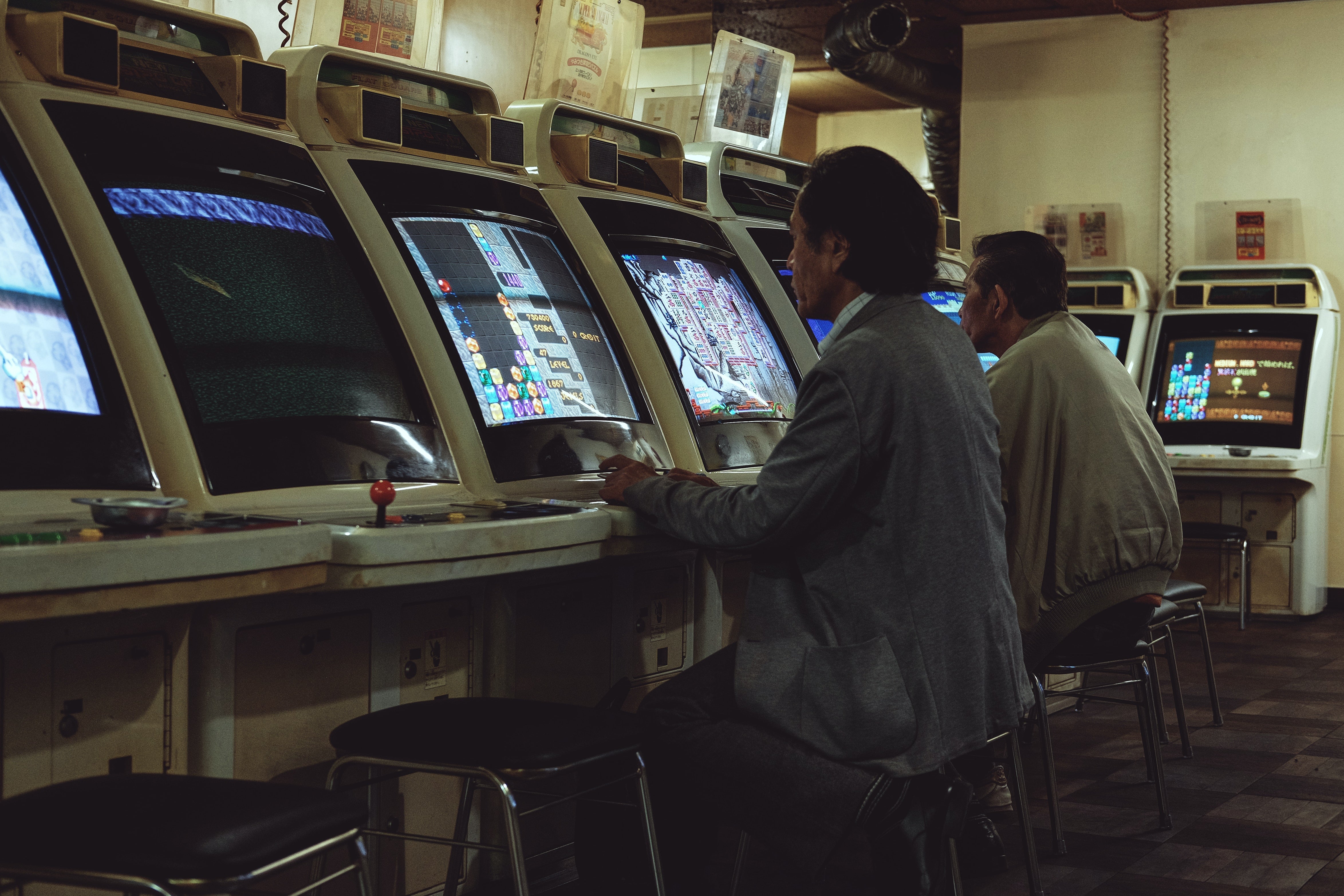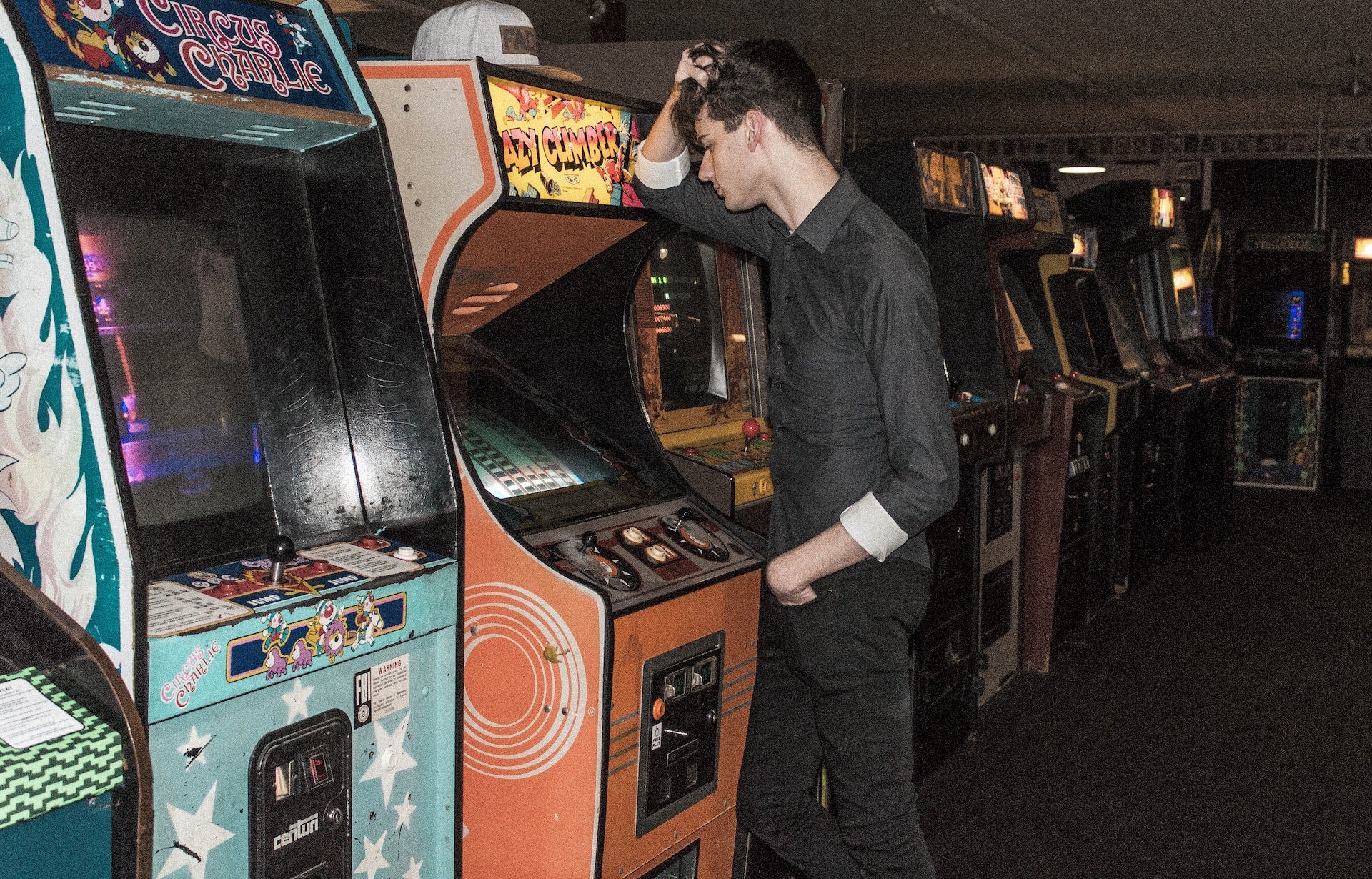Introduction
Arcades were the heart of gaming culture in the 1970s and 1980s, with Japan and the United States leading the charge. While their approaches differed, both regions contributed immensely to the evolution of gaming, making arcades a beloved part of global entertainment history. In this deep dive, we’ll explore the history, cultural differences, and lasting impact of arcades in Japan and the US.
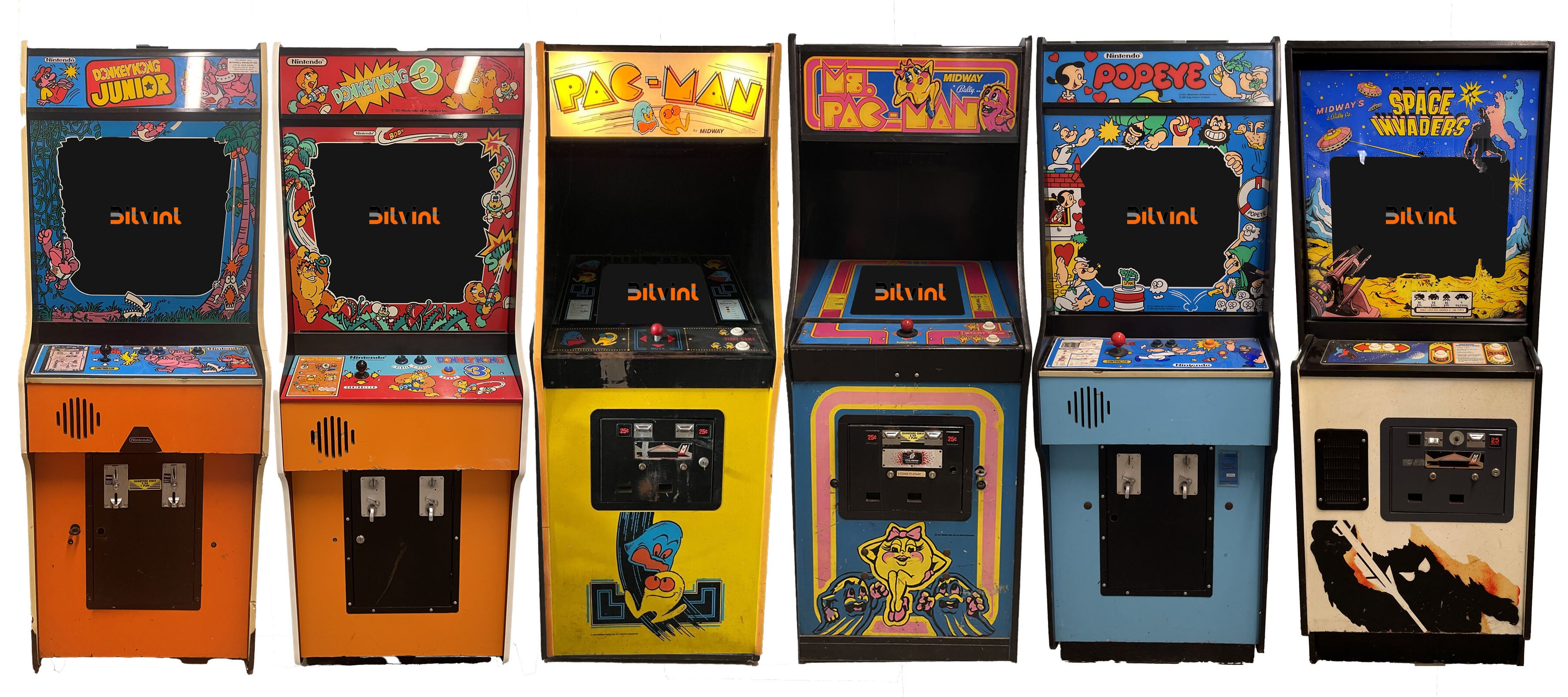
The Rise of Arcades: A Shared Beginning
The origins of arcade gaming trace back to the 1970s, with electromechanical and early video games setting the stage for the industry. Both Japan and the US quickly embraced these innovations, leading to the golden age of arcades in the 1980s.
Early Milestones:
Japan’s Early Success:
- Sega’s Periscope (1966), an electromechanical game, was a precursor to the arcade boom.
- Taito’s Space Invaders (1978) revolutionized gaming, introducing wave-based shooting mechanics and high scores. Its success was immense, reportedly causing a surge in demand for 100-yen coins.
The US’s Foundations:
- Atari’s Pong (1972) was a major breakthrough, followed by Asteroids (1979) and Space Invaders’ US release in 1978 by Midway.
- Arcades became central entertainment hubs, especially in malls and entertainment centers.
Japan’s Classic Arcade Scene: A Cultural Mainstay
Arcades as Daily Destinations
Japanese arcades (game centers) became integral to urban life, serving as both entertainment hubs and social spaces. Strategically located near train stations and shopping areas, they attracted a wide demographic, from students to office workers.
Game Variety and Innovation
Japan’s arcades were diverse, offering:
- Classic Games: Hits like Pac-Man (Namco, 1980) and Galaga (Namco, 1981) became global phenomena.
- Rhythm Games: Titles like Dance Dance Revolution (Konami, 1998) turned arcades into interactive dance floors.
- Fighting Games: Street Fighter II (Capcom, 1991) established competitive arcade gaming as a cultural touchstone.
Why Arcades Thrived Longer in Japan
- Adaptability: Japanese arcades embraced trends like rhythm games, claw machines (UFO Catchers), and large-scale simulators (Initial D racing games).
- Social Integration: Arcades were positioned as communal hangouts, blending entertainment with a sense of routine.
The US Classic Arcade Scene: From Glory to Decline
The Golden Age of US Arcades
In the 1980s, arcades became a fixture of American youth culture, often located in malls, movie theaters, and standalone venues. High scores and competitive gameplay turned them into social battlegrounds.
Major Developers and Games
- Atari: With titles like Asteroids (1979) and Centipede (1980), Atari pioneered arcade innovation.
- Midway/Bally: Responsible for bringing Pac-Man (1980) to the US and launching hits like Mortal Kombat (1992).
- Williams Electronics: Produced enduring classics like Defender (1981) and Robotron: 2084 (1982).
Cultural Impact
- Featured prominently in pop culture, movies like Tron (1982) and WarGames (1983) immortalized the arcade era.
- Arcades became synonymous with social competition, often crowded with players challenging each other for high scores.
The Decline of US Arcades
By the late 1980s and early 1990s, American arcades faced several challenges:
- Rise of Home Consoles: Systems like the NES (1985) and Sega Genesis (1989) delivered arcade-quality experiences at home.
- Market Oversaturation: The influx of low-quality games diluted consumer interest.
- Economic Changes: Rising operational costs and shifting consumer habits caused many arcades to close.
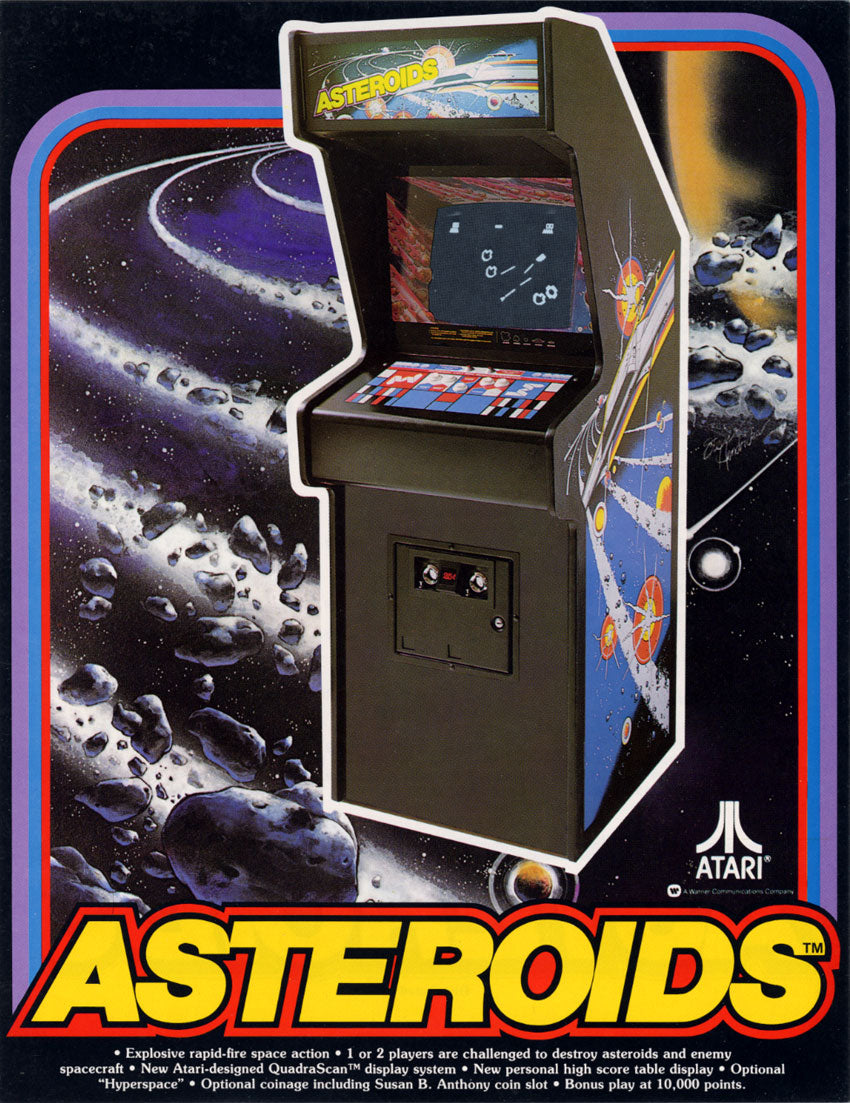
Legacy and Revival
Japan: A Modern Arcade Renaissance
- Chains Like Taito Station: Japan’s arcades continue to thrive, blending retro games with cutting-edge technology.
- Cultural Relevance: Games like UFO Catcher and rhythm-based titles attract diverse audiences.
The US: Barcades and Retro Revival
- Barcades: The fusion of craft beers and classic games has revived interest in arcades among adults.
- Retro Events: Gaming conventions and tournaments celebrate the golden age of arcades, keeping their spirit alive.
Fun Facts
- Space Invaders Mania: In Japan, Space Invaders became so popular that some arcades operated exclusively with Space Invaders cabinets during its peak.
- The Perfect Pac-Man Score: Achieved by Billy Mitchell in 1999, this feat involved clearing all 256 levels without losing a life.
- Arcade Exclusives: Some Japanese arcades feature region-exclusive games, making them bucket-list destinations for enthusiasts.
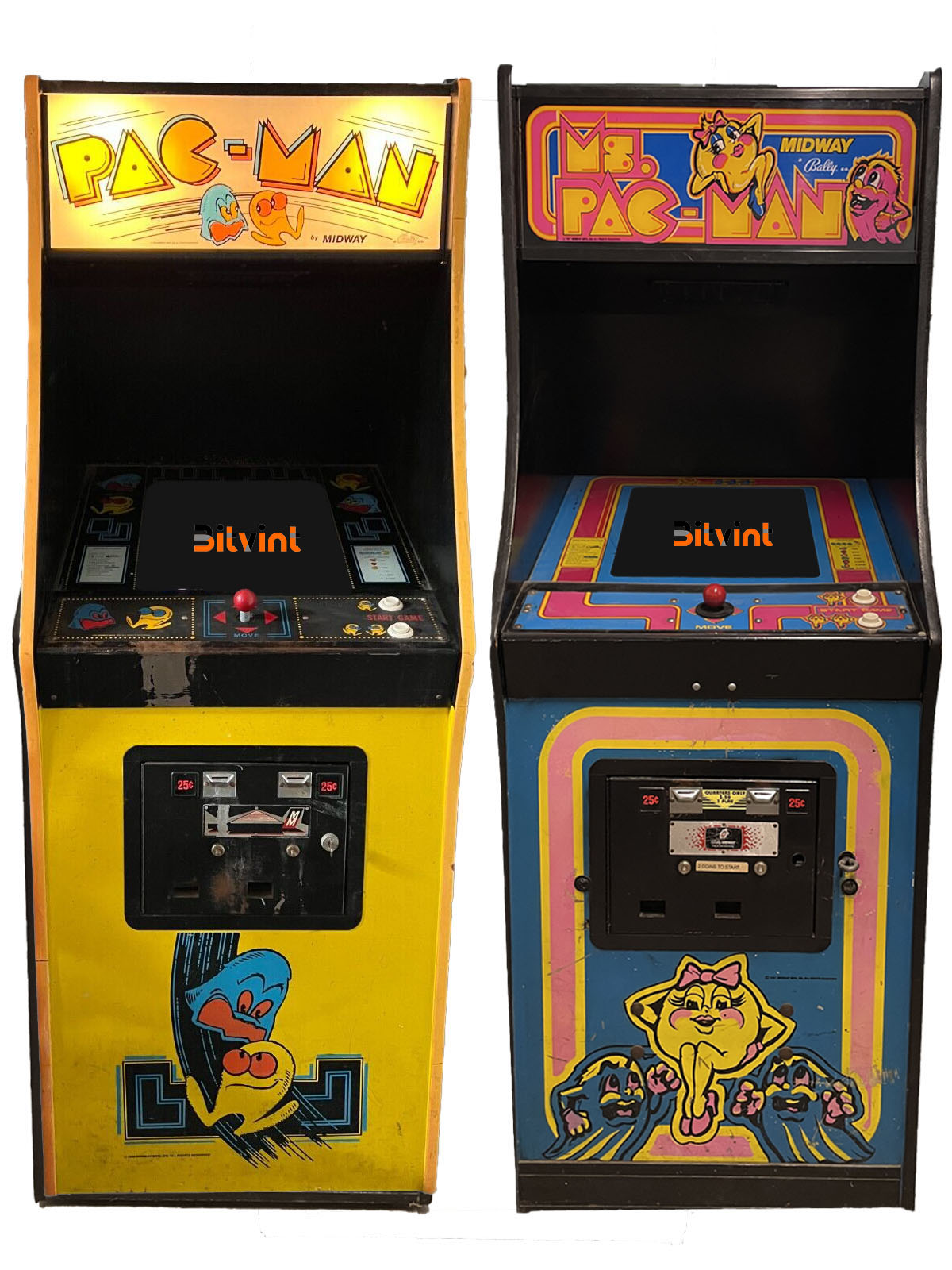
Conclusion
The classic arcade scenes in Japan and the United States have left a lasting legacy, shaping gaming culture and fostering a sense of community. While their trajectories diverged—Japan maintaining its arcades as social spaces and the US transitioning to home consoles and barcades—both regions played pivotal roles in gaming history. Whether you’re reliving your favorite games or exploring them for the first time, the story of arcades is a journey worth taking.
Explore More: Check out our guides on arcade classics like Pac-Man, Street Fighter II, and Donkey Kong to dive deeper into the golden age of gaming.
Can't get enough? Consider these awesome sources:
- Books like The Ultimate History of Video Games by Steven L. Kent, which provides in-depth accounts of the rise of arcades in both regions.
- History of Video Games by History.com
- Academia's deepdive on the Space Invaders coin shortage
- Arcade Museum's top 100 games
- Gamestudies.org's study on the History of early Japanse games.
- Cheddar's Youtube video on why arcades are still thriving in Japan
Questions you might have:
How did the arcade gaming scene develop differently in Japan and America?
The arcade gaming scene in Japan and America developed differently due to cultural, economic, and technological factors. Japan embraced arcades early on, fostering a competitive and innovative environment, while America saw gradual growth.
What were the major cultural influences that shaped arcade gaming in each country?
Major cultural influences in Japan included a strong affinity for technology and gaming, while America's arcade culture reflected leisure and socializing.
Were there notable differences in the types of games that became popular in Japan and America?
In Japan, rhythm games, fighting games, and bullet hell shooters gained popularity, while America leaned towards racing games, light gun shooters, and beat 'em ups.


